Cable Ties Explained: Different Types and Applications
November 28, 2022
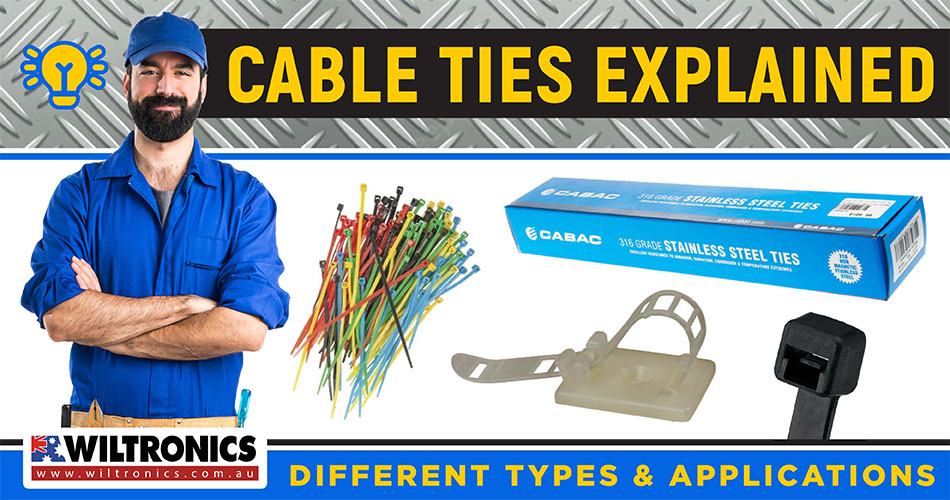
It is time to bring order to your wiring systems with cable ties!
Unorganised electrical cables are more than just tangles and potential tripping. When overlooked, it can result in a risky hazard and, even worse, cause a severe threat, e.g. when left exposed.
The last time you checked, this is not what you signed up for when installing your computer or fixing wires in your car. But you can prevent this through ‘cord management’, which is easier than you think — cue cable ties.
Ready to maintain electrical system safety and get organised? Keep reading!
Cable Ties
Cable ties are fasteners that bundle wires together to keep them organised. In other terms, they hold groups of cables for support and ease of maintenance.
The design includes a head that provides the slot for the tape to be pulled through, making a loop. When threaded through the slot, the teeth then form a locking mechanism.
To give you an idea, the cable goes through the slot until the preferred loop is achieved. If the cable tie is too short, insert the tapered end of one into the jaw of the other. Wait until it engages the teeth, then clip the excess tail to create a longer cable tie.
Also known as zip ties, they are commonly seen in network, computer, and entertainment setups. Available materials include plastic, rubber, or velcro strips – with nylon in grade 6.6 as the most common.
A brief history
Cable ties were first invented and patented in 1958 by Thomas & Betts in America. They were introduced under the brand ‘Ty-Rap’, originally invented for aviation use.
The first ones were made from stainless steel but were then changed from plastic and nylon in the 1970s. This self-locking, one-piece zip tie was very similar to the ones we see in the present day.
Stainless varieties are still manufactured, but plastic and nylon have become more popular. Especially since the latter materials come in various colours.
Today, different types of cable ties are on the market. This includes beaded, releasable, pull-tight, parallel entry, and tear-off forms. You also might have seen one holding ID tags!
Different Types of Cable Ties
Below is a list of the common types of cable ties, from standard to reusable types:
Standard
Standard types feature a one-piece, self-locking fastener and are a single-use design. They can handle bundling demands from 14mm to 360mm and tensile loop strength from 8 to 144kg.
Available in a wide variety of colours and the width of the ties can also vary.
Releasable
Unlike standard varieties, releasable cable ties can be used more than once. They feature a lever or button that takes about 20kg of force.
They are also ideal for work on prototypes as they can be reopened, allowing new wires to be added to a bundle. Standard colours are white or black nylon, but some come in different colours. For instance, green for horticultural uses.
Mounted head
As the name suggests, this type incorporates a mounting hole design. It allows the cable tie to be fastened by a screw so that it can be fixed to a vehicle chassis, panel or wall.
Ideally used for bundle strengths of between 20 and 60kg. Standard colours available include black or natural nylon.
The carbon additive used for the black colour provides UV protection.
Push mount
Features in-built mounting, allowing the cable to be fixed to a panel or chassis. The mount part of the tie is easily inserted into a pre-drilled hole and locks into place.
Available push-mount cable ties include an arrow nose, drive rivet and blind hole stud.
Self-adhesive
Self-adhesive ties remove the need for a cable tie and separate cradle. Ideal for fast and easy fixing tasks.
Double-headed
Perfect to use for running two parallel cables that need to be separated. They also allow a second cable run to be installed without the need for extra cable ties.
ID tags
Usually attached to the cable tie for labelling the origin or destination of the cables. This also includes logging inspection dates.
Stainless steel
The most common type is in automotive or industrial settings. Also ideal in any applications where a nylon cable tie is not up to the task.
A variety of steel cable tie size options include 200mm or 360mm for standard, in two width sizes of 4.5mm and 7.9mm.
Reusable
Reusable cable ties, a.k.a releasable, can be used more than once, making them very practical. Most use a trigger release, while some use a pawl release.
The trigger release mechanism holds everything together tightly. But it can only be released with a human touch.
Reusable cable ties also feature a pawl release button, a part of the head ratchet. To release, press the pawl to handle down to let go of the ratchet from the tie, so the tail can easily be pulled out.
Undoing Cable Ties
As mentioned, cable ties come in two varieties: single-use and reusable. But it is possible to undo a single-use one without having to cut it open and thus reusing it.
Undoing a traditional cable tie. Use a stick, a pin or something small in the locking mechanism, press down, and slide it out. Simple as that!
But keep in mind that the plastic teeth in a single-use cable tie can wear down. This is especially true when undone and re-tied many times.
Manipulating the locking mechanism can damage it as well. This means the tie develops a looser grip over time, so always be careful and gentle when doing so.
It is also best to refrain from using old ones to tie anything that needs to be secure.
Get Your Cable Ties Here!
We offer a range of nylon and stainless cable ties ideal for electronics and automotive uses.
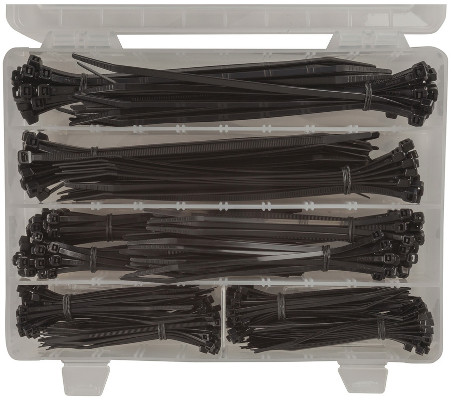
Box of Cable Ties – Popular Sizes, 400pcs
Product code: JHP1216
This box set comes with different sizes of cable ties in black, offering UV stability. The kit consists of the following: 200 pcs x 100mm, 100 pcs x 150mm, and 100 pcs x 200mm.
All in a clear storage case with compartment dividers that make access to the ties easy.
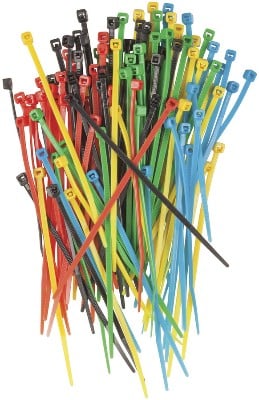
100mm Coloured Cable Ties – Pack of 125
Product code: JHP1196
Identify wiring looms with these coloured cable ties! Each colour gives better marking opportunities and visibility.
Ideal use for space-saving rolling of single cables, conductors, and hoses. Pack includes 25pcs each of red, yellow, green, blue and black.
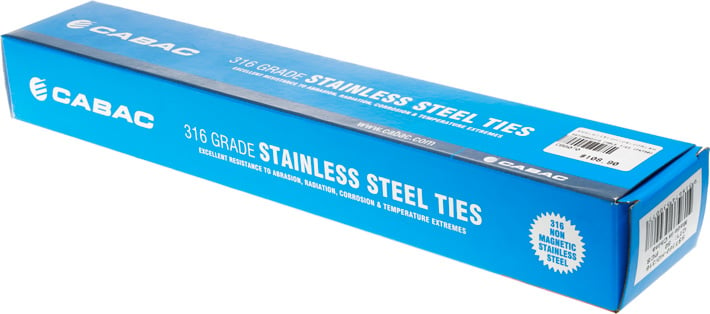
360mm Stainless Steel Ties 50pk
Product code: CB8070
A quick, effective way of securing cables in hostile environmental applications. Features a unique ball bearing locking mechanism allowing for quick and easy tying.
Stainless steel has a heavy-duty design and an offset tip to speed tie insertion. Excellent resistance to abrasion, radiation, corrosion, and temperature extremes. Non-magnetic.
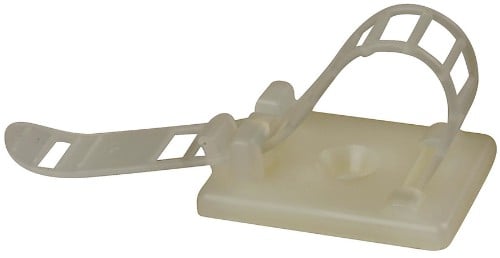
Adhesive Cable Tie Mounts – Pack of 10
Product code: JHP1190
The adhesive base is 25x18mm with cable ties that clip into the base to keep cables or bundles of wiring. It features good quality, durability, and excellent insulation.
The maximum cable bundle diameter accommodated is 17mm. With a 3mm hole at the base for a screw mount if required.
The Bottom Line
They say simple things are the best, and cable ties perfectly fit that description. They keep cables in place and safe thanks to their locking mechanism.
To be in their most effective state, store them in a cool and dry area. Also, be cautious when applying pressure to nylon bands, as they may become deformed.
© Electrotech Brands Pty Ltd 2022


Write a Comment
You must be logged in to post a comment.